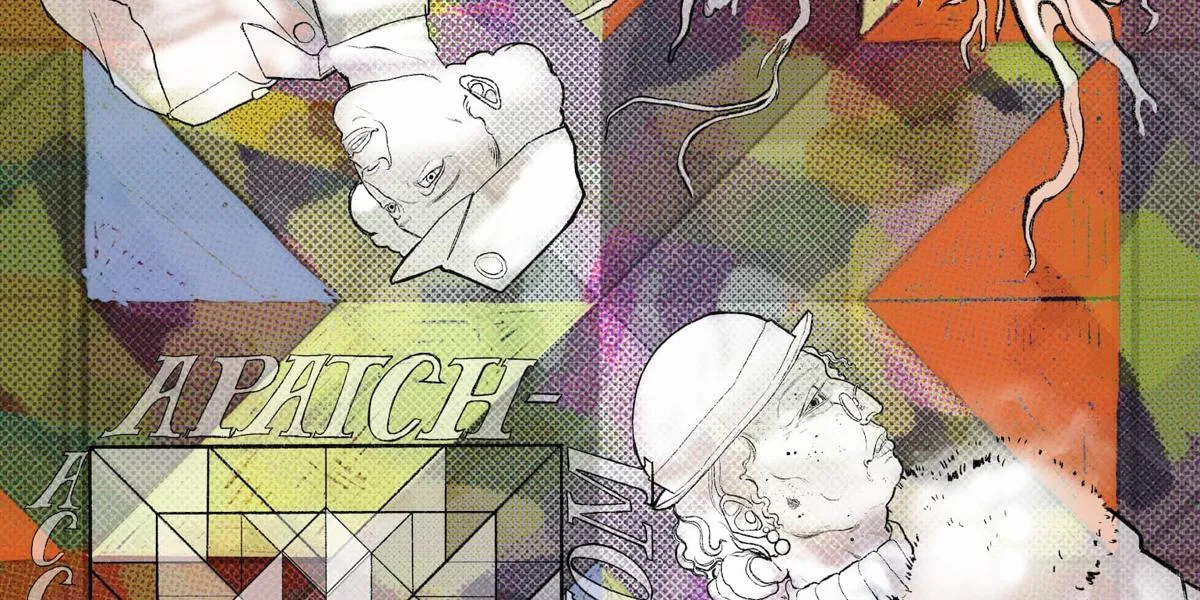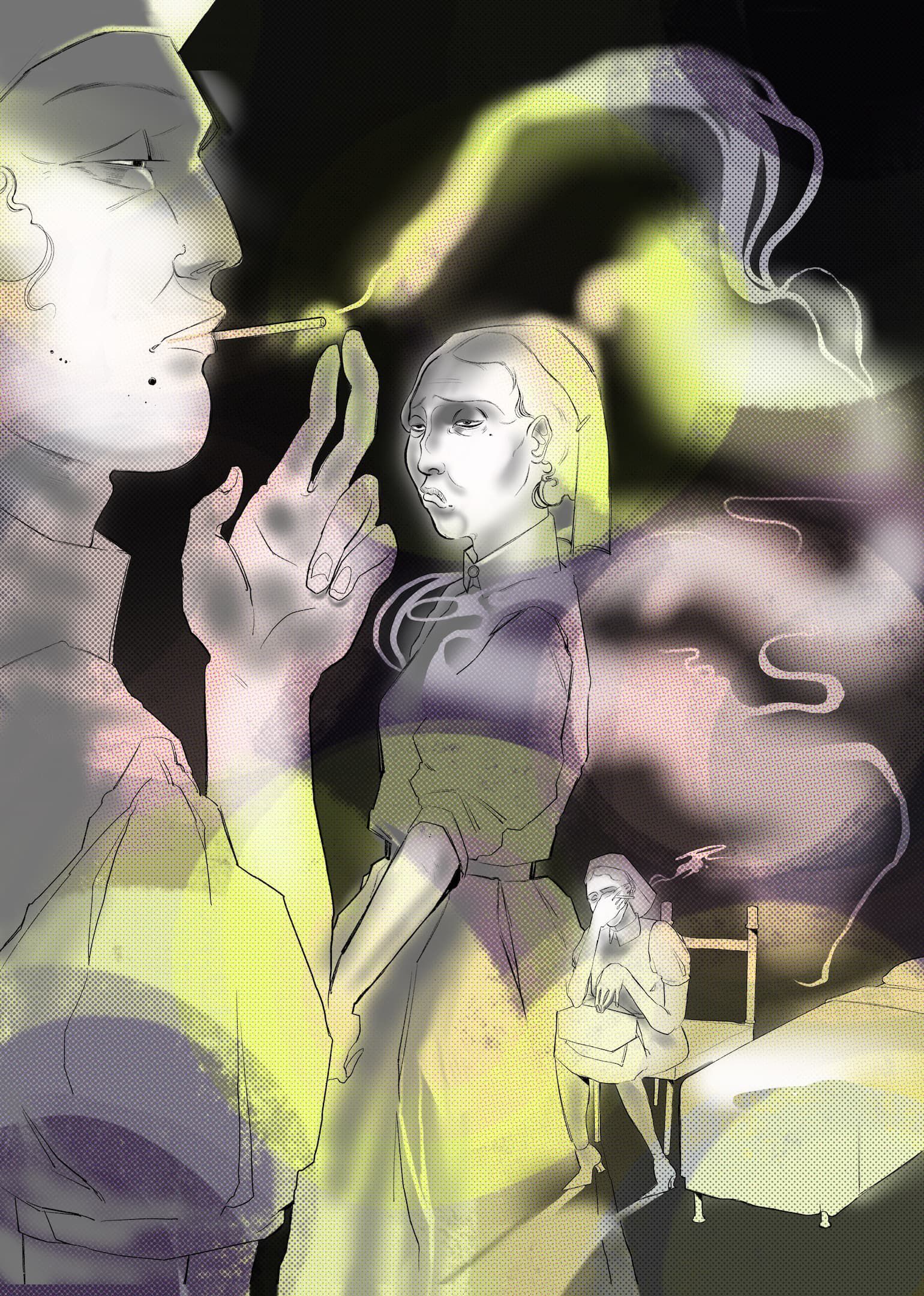Illustrating the 'London in the Second World War' exhibition

Visit the temporary display 'Illustrating: London in the Second World War Exhibition' currently in the Information Area.
An introduction by Isabella Lazeris
First and foremost, I'm an illustrator, with a love of imagery bordering the whimsically fantastical or, in complete contrast, capturing the monotonous and mundane. A bit oxymoronic, but that's what an enjoyment of award-winning illustrator Chris Riddell and living by the grey scenery of the M25 gets you! I think that's what draws me to all things historical - reality is often odder than fiction. No matter how morbid, history is what shapes the world we live in today.
When I was asked to create a series of new artworks for the 'London in the Second World War' exhibition, I started by consulting with the curators about absences in historical writing, especially women's voices, so often spoken about but not heard from their own perspectives. It then became my mission to use the collections at The London Archives to uncover extracts, notes, diary entries, newspapers, letters, not just to acknowledge these absences, but to 'fill them in' where possible, and to show a range of lived experiences to avoid creating another singular narrative.
Still, these artworks represent only a fraction of the lives of women in wartime London. Other voices remain absent: disabled women, working class women, women of colour, those with mental health conditions, women of different faiths, queer women, those who immigrated to the UK. They all have contributed to wartime society and shape its story, even if their chapters were never formally recorded or celebrated.
One example of a document that Isabella engaged with was H01/ST/C/11/006 - 50th anniversary of the Blitz press cuttings.

In this retrospective newspaper account, nurses describe their six-month placement at St Thomas’ hospital during the Blitz. Whilst bombing claimed the lives of many staff, no patients were lost, a fact credited to the commitment of the hospital’s doctors and nurses. This piece depicts the severe mental and physical strain of the Blitz. One nurse recalls that the real horror lay not in the bombing itself, but in its effect on the behaviour of fellow staff members, where stress impacted behaviour so much that smoking was permitted on the wards to alleviate it.
The display consists of 10 original illustrations with a description of the document which inspired each work.
Find out more about our current exhibition 'London in the Second World War'.
London in the Second World War exhibition